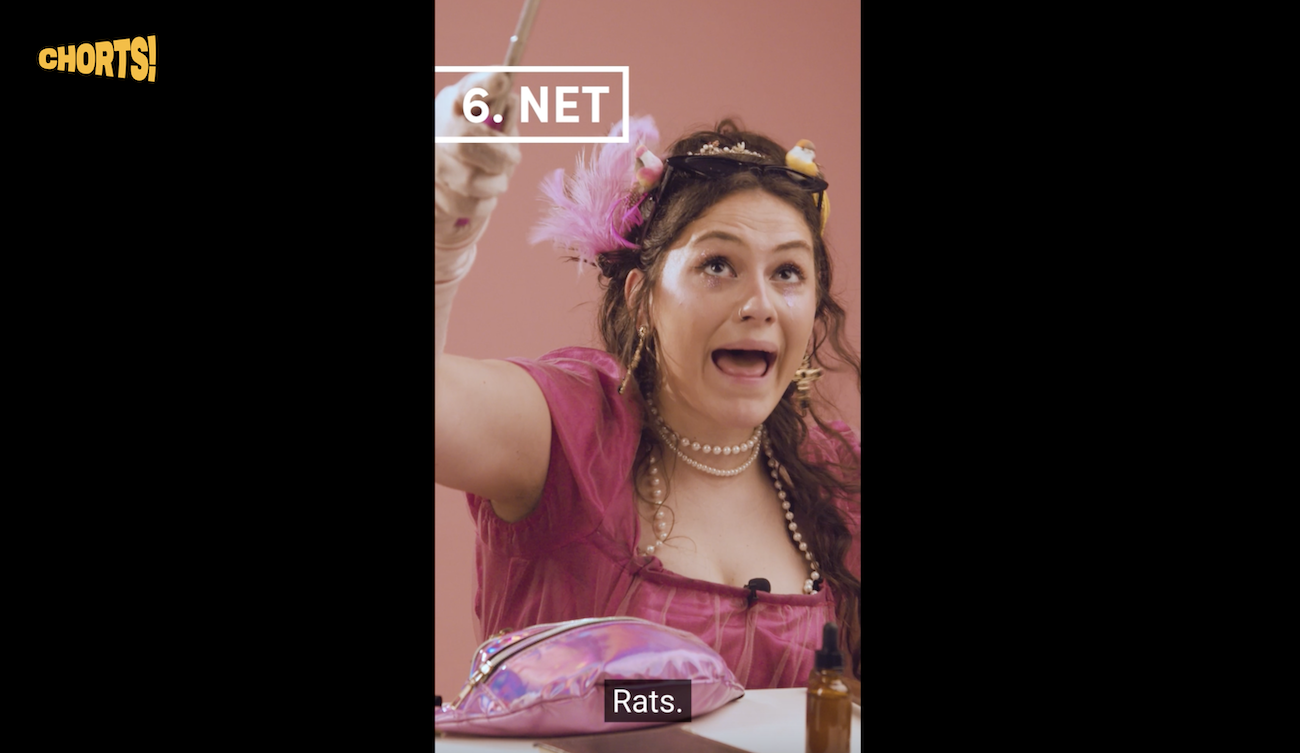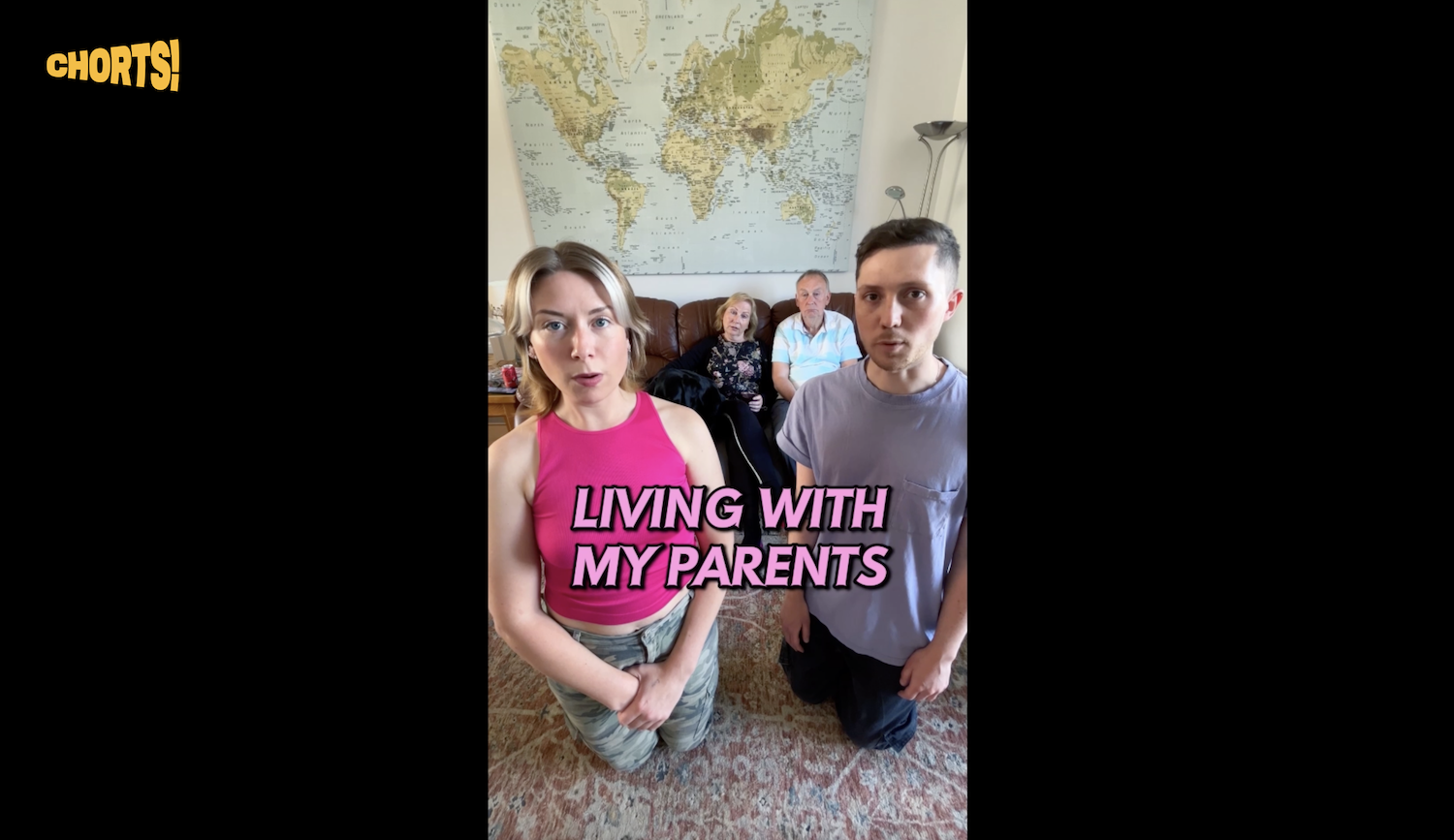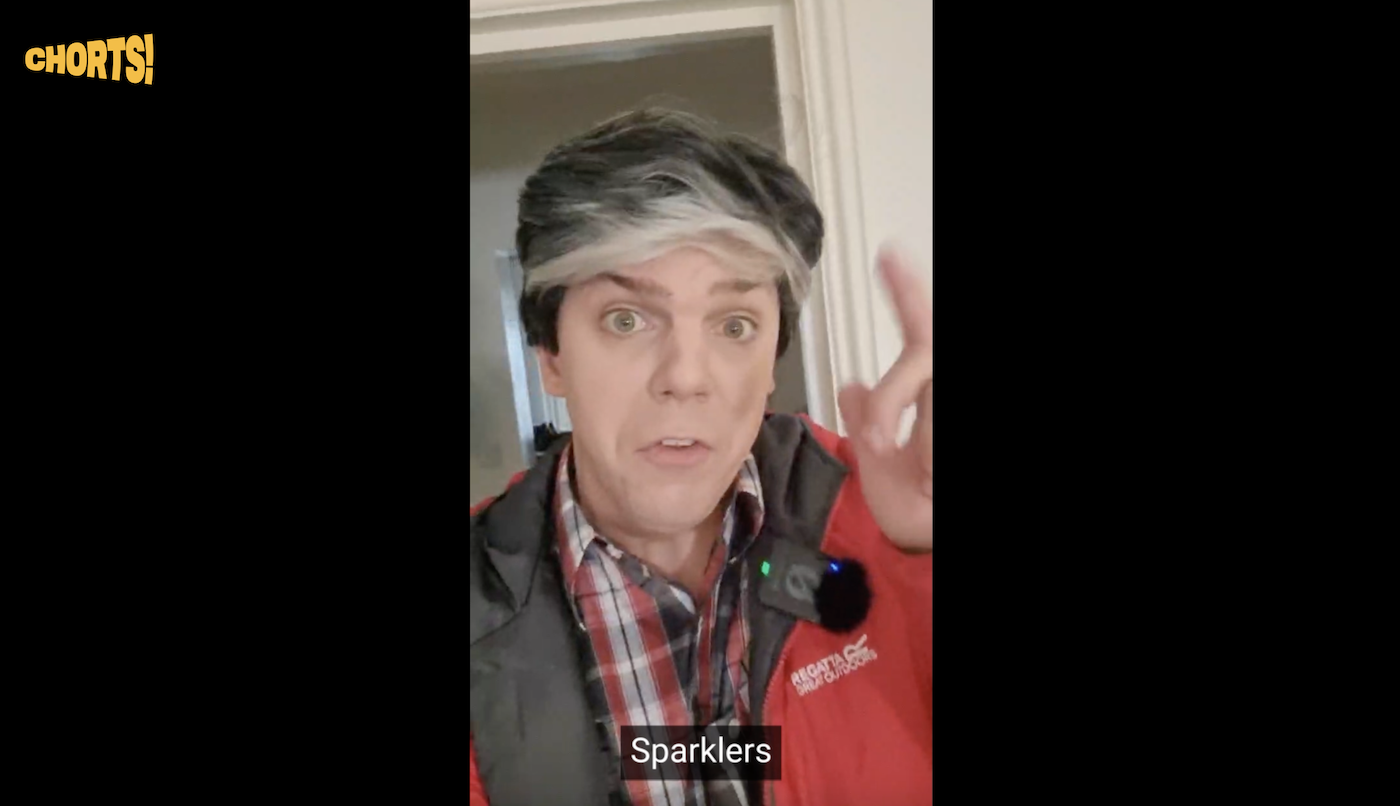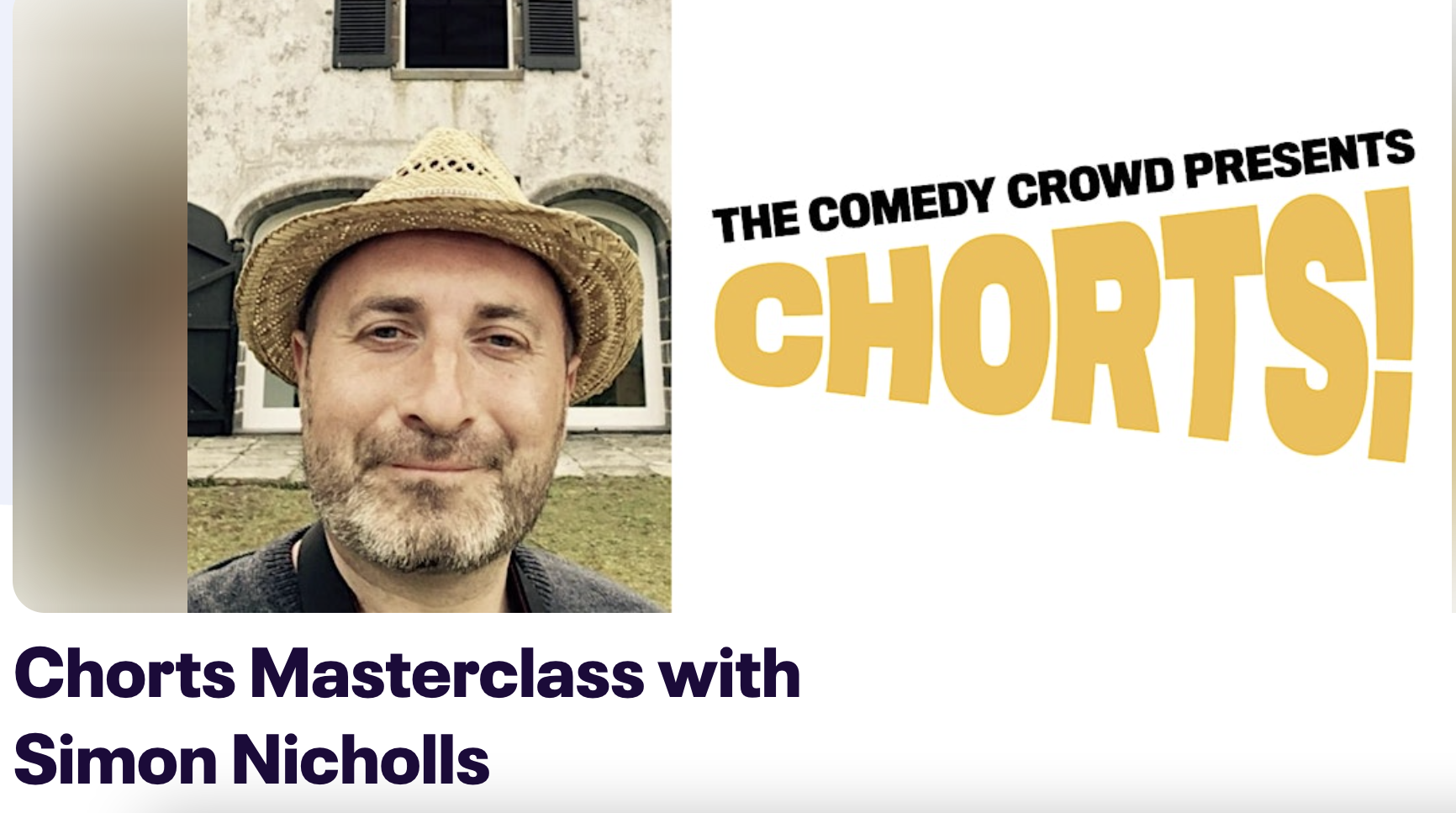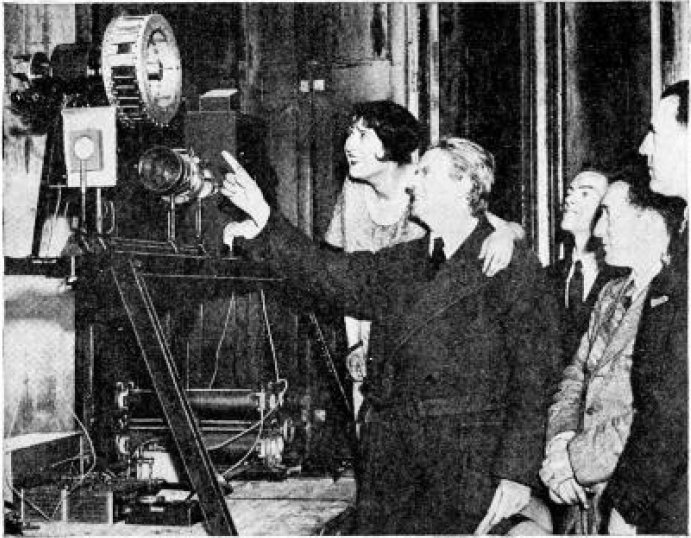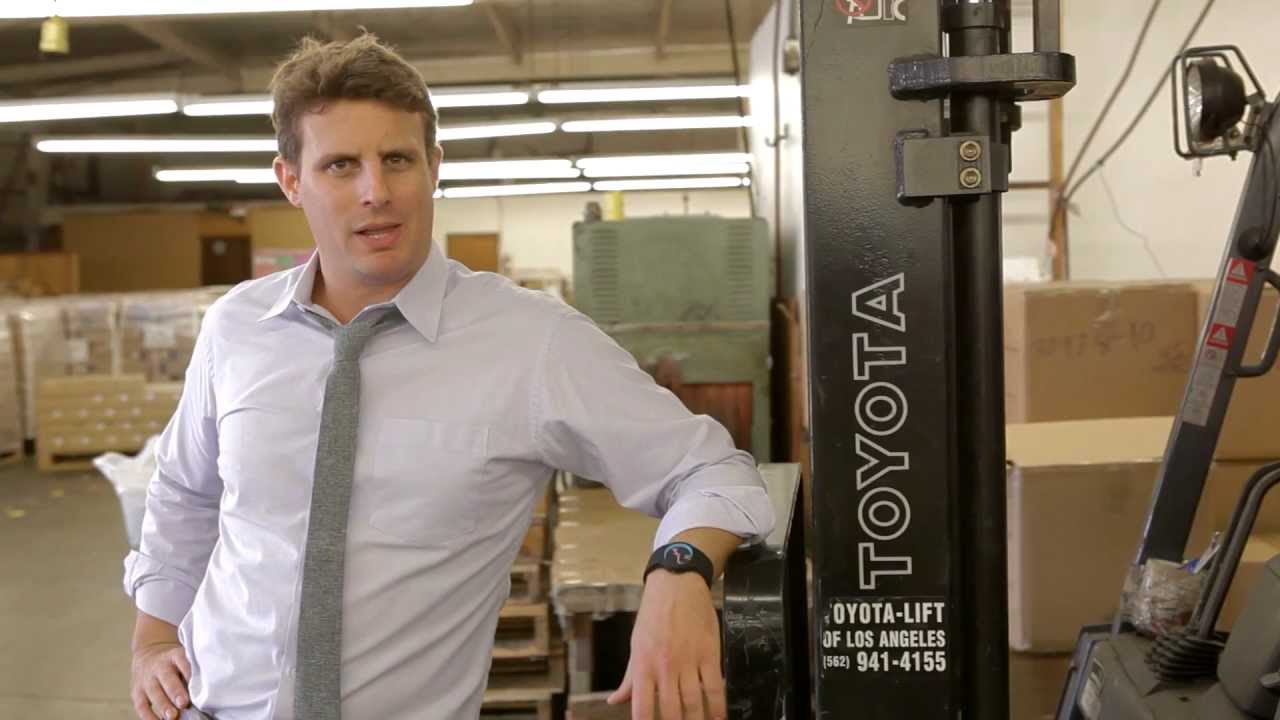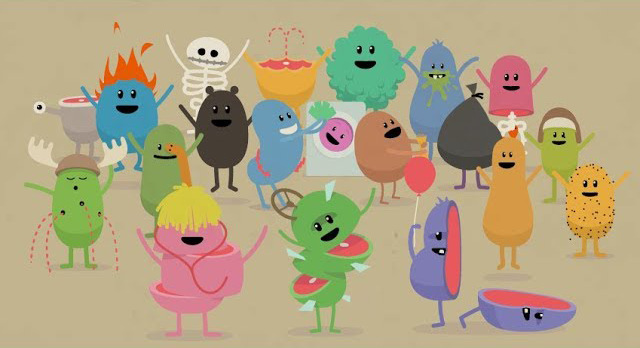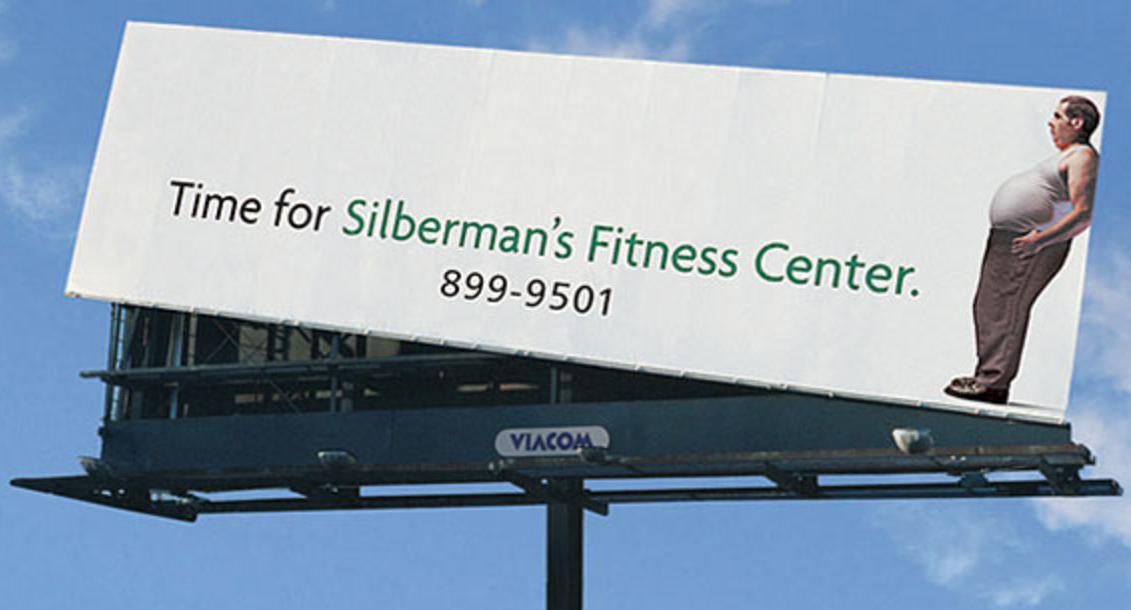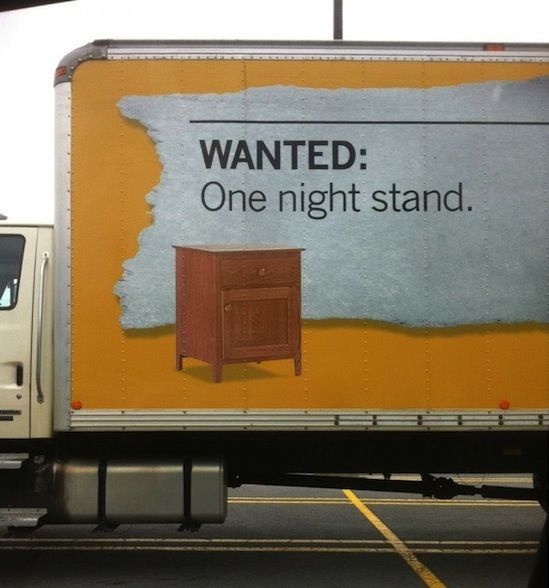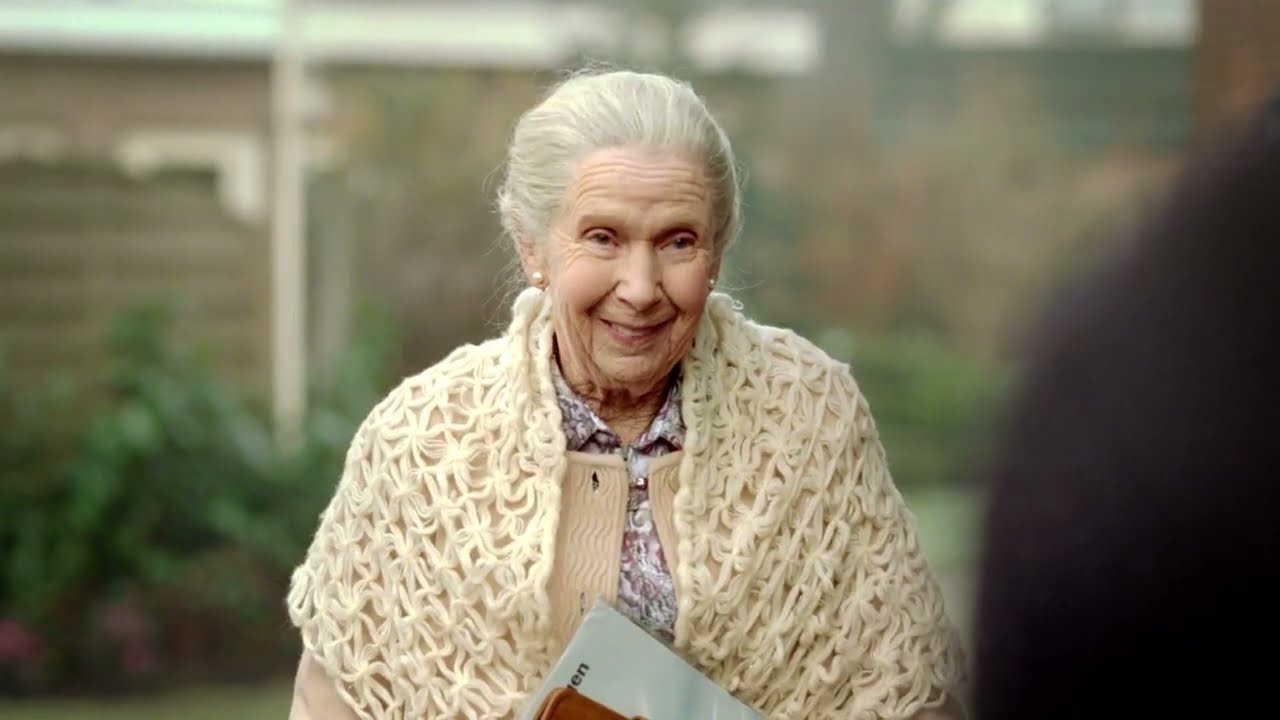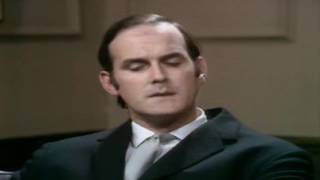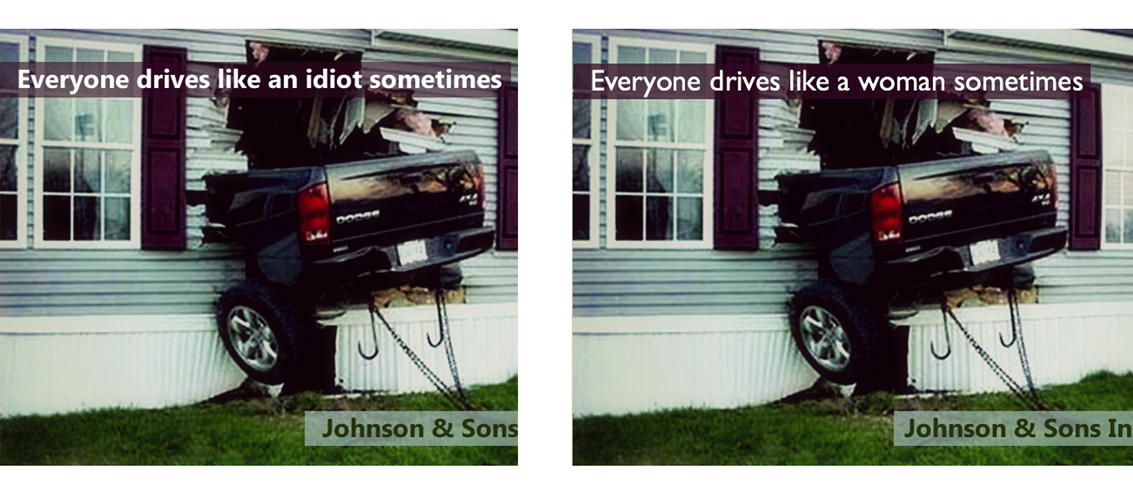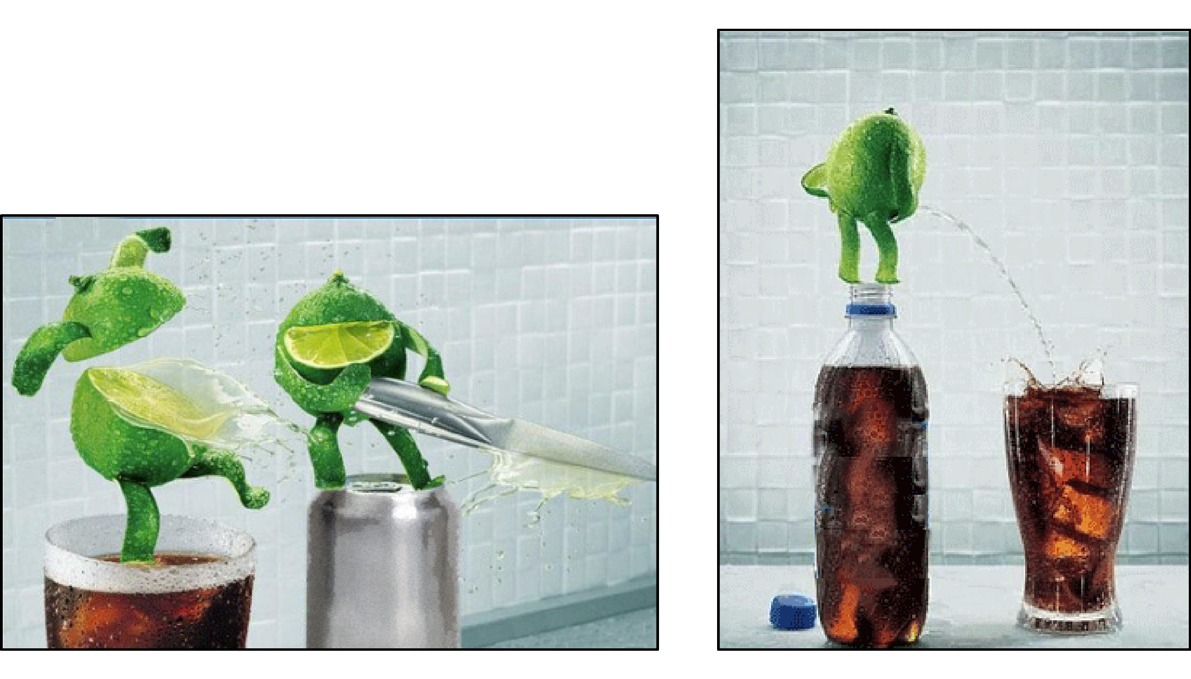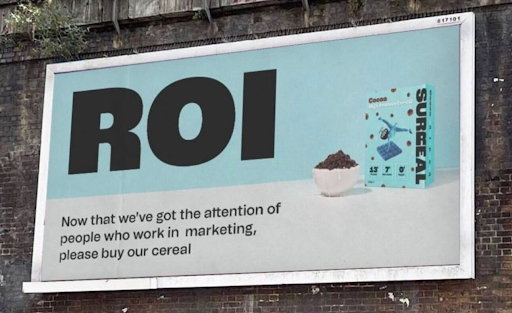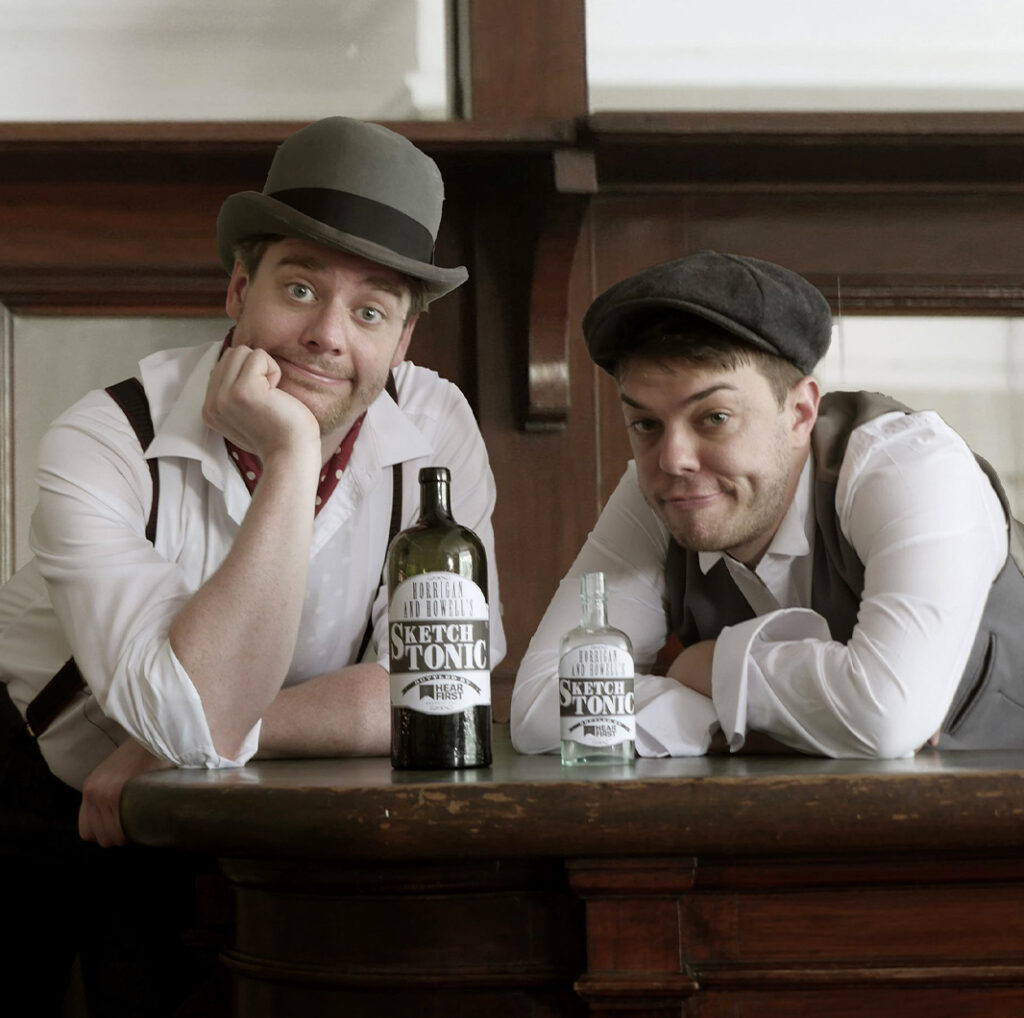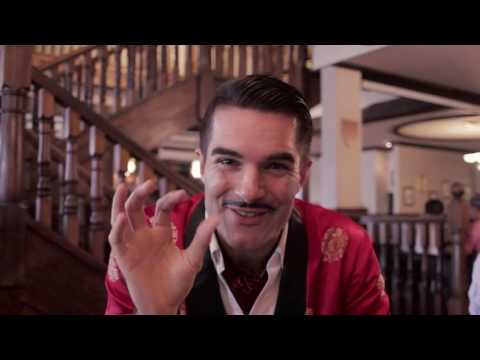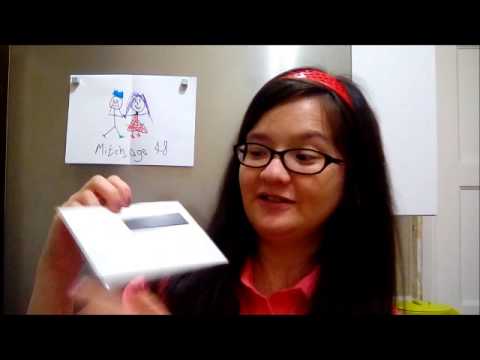Tech Startup Marketing: How to Stand Out Using Humour
So you’ve got a tech startup, doing something cool and impactful to help the world. The next step is to create a brand, to get attention for what you do in an increasingly crowded tech market. The competition is fierce, the budgets are limited, and every founder wants their brand to shine. But here’s the good news — tech startup marketing doesn’t have to be an impossibly big and expensive task. With creativity and humour, even a small-scale tech startup can punch well above its weight and grab attention like a magnet.
If you want to avoid being just another player in the saturated tech world, this guide will show you how to stand out with clever, engaging, and (most importantly) funny content marketing strategies. You’ll learn how to weave humour into your brand, plan content that excites your audience, and see shining examples of startups who mastered their marketing with a smile.

The Current State of Startup Content Marketing
Content marketing is no longer optional. For tech startups, it’s the bread and butter of building brand visibility, credibility, and community. But here’s the problem—many startups are producing bland, uninspired content that fades into the background.
From repetitive white papers to overly technical jargon-filled posts, much of what’s out there feels dated and unremarkable. Your audience doesn’t want another dry product pitch or a manual disguised as a blog post. They want to feel something—and humour is one of the most trusted ways to connect.
When done right, humour builds trust. It humanises your brand, makes it more relatable, and creates moments of joy your audience will associate with your business. But there’s a knack to it, especially when blending wit with tech-focused messaging.
Why Use Humour?
- Captures Attention – Everyone loves a clever joke or quirky observation. It stops the scroll.
- Creates Shareability – Humorous content is shared 5x more than factual content across social channels.
- Builds Connection – It makes your startup feel like a relatable friend, not a faceless company.
Now, how do you inject humour into your marketing without it turning into a comedy club free-for-all?
How to Plan Your Content Marketing and Use Humour to Stand Out
The secret to great humorous marketing isn’t just about being funny for the sake of it. The humour must align with your brand’s voice and your audience’s expectations while staying relevant to your product or service.
Step 1. Know Your Audience
Before cracking jokes, get a crystal-clear understanding of your audience. What makes them tick? What’s their sense of humour? A CEO of a fintech startup might giggle at a pun about algorithms, while a digital nomad may prefer relatable memes about co-working spaces.
Conduct market research, analyse your target demographic, and stay up-to-date with the latest trends in comedy. Some points to consider:
- Age: Different generations may have varying senses of humour.
- Culture: What may be funny in one culture may not resonate in another.
- Values: Humour should align with your brand’s values and purpose.
Actionable Tip
Build user personas (if you haven’t already) to understand your audience’s humour sweet spots. Tools like Google Analytics, surveys, or even Reddit threads in your niche can uncover valuable insights.
Step 2. Define Your Brand’s Humour Style
Humour isn’t one-size-fits-all. Your brand’s tone can range from quirky and self-deprecating to cheeky and satirical. The key is aligning the humour with your startup’s ethos. For example:
- Quirky Tech Startup: Focus on clever wordplay and absurd scenarios involving tech.
- Professional SaaS Startup: Use light humour in unexpected places (think tongue-in-cheek billboards or LinkedIn posts).
- Edgy Consumer Tech: Dare to be provocative if your audience appreciates it.
Actionable Tip
Write a one-sentence humour rule for your brand. Example: “Our jokes should always serve the message and never feel forced or inappropriate for the tech community.”
Step 3. Choose the Right Formats
Not all formats suit humour, so lean into the ones that maximise impact. Start with engaging formats like:
- Social media memes
- Playful explainer videos
- Humorous blog posts
- Interactive polls or quizzes
- Parody “tech demo” videos
E.g. check out the April Fools “Homing From Work” video we made for tech startup Provar that increased engagement by 700%.
Actionable Tip
Experiment with ‘bite-sized’ formats like GIFs, tweets, and Instagram Reels to test what resonates before committing to larger campaigns.
Step 4. Use Humour Strategically
Humour is more than just a way to make your audience laugh. It can also be used strategically to achieve business goals:
- Connect with your audience: Make them feel like they’re part of the joke or ‘in on it’.
- Show personality: Humanise your brand and stand out from competitors that may take themselves too seriously.
- Increase engagement: Studies show that humour makes content more shareable and memorable.
- Drive conversions: Funny CTAs can nudge users towards action.
Actionable Tip
Run A/B tests to see how humour affects metrics like click-through rates, website traffic, and social media shares. Keep iterating on what works and what doesn’t.
Best Examples of Startups Using Humour in Marketing
1. Slack – Witty and Relatable Workplace Humour
Slack’s quirky take on work-life balance and productivity has become iconic. Their onboarding campaigns lean into humour, mirroring the workplace struggles their app resolves. Whether it’s poking fun at excessive meetings or celebrating GIF culture, they make business communication fun.
2. Dollar Shave Club – Viral Humour Built into Brand Identity
Although not strictly a tech startup, Dollar Shave Club’s famous launch video (“Our Blades Are F***ing Great”) offers valuable lessons in humour-led marketing. They turned a seemingly mundane product into something exciting by using bold, direct humour.
3. Duolingo – Social Media Genius
Duolingo’s social media content, particularly their TikToks, are as hilarious as they are entertaining. From bizarre owl antics to audience roasts, they’ve mastered connecting with a younger, humour-driven audience.
Why Did They Work?
- They spoke the language of their audience.
- They didn’t just tell jokes; they told smart and relatable stories.
Crafting Your Own Winning Content Marketing Strategy
Putting a humour-first content marketing strategy in motion doesn’t need a massive budget. Here’s how to get started today:
Step 1. Audit Your Content
Are your current blog posts, social media, or email campaigns resonating with your audience? If not, identify where you can inject engaging, humorous elements.
Step 2. Mix Entertainment with Information
Good marketing doesn’t ditch value for laughs. A balance between informative and entertaining ensures your humour lands without losing out on credibility.
Step 3. Build a Consistent Voice
Whether you’re writing an Instagram caption or pitching an investor, your tone should feel cohesive across platforms. Consistency builds trust.
Steal the Spotlight With Humorous Tech Marketing
Don’t just compete. Stand out. The tech startup world is already littered with predictable jargon, so give your audience the delightful surprise of laughter—and watch them keep coming back for more. Not sure where to start? Share your thoughts with us (email theccteam@thecomedycrowd.com) and we’d be happy to have a chat about your brand.

